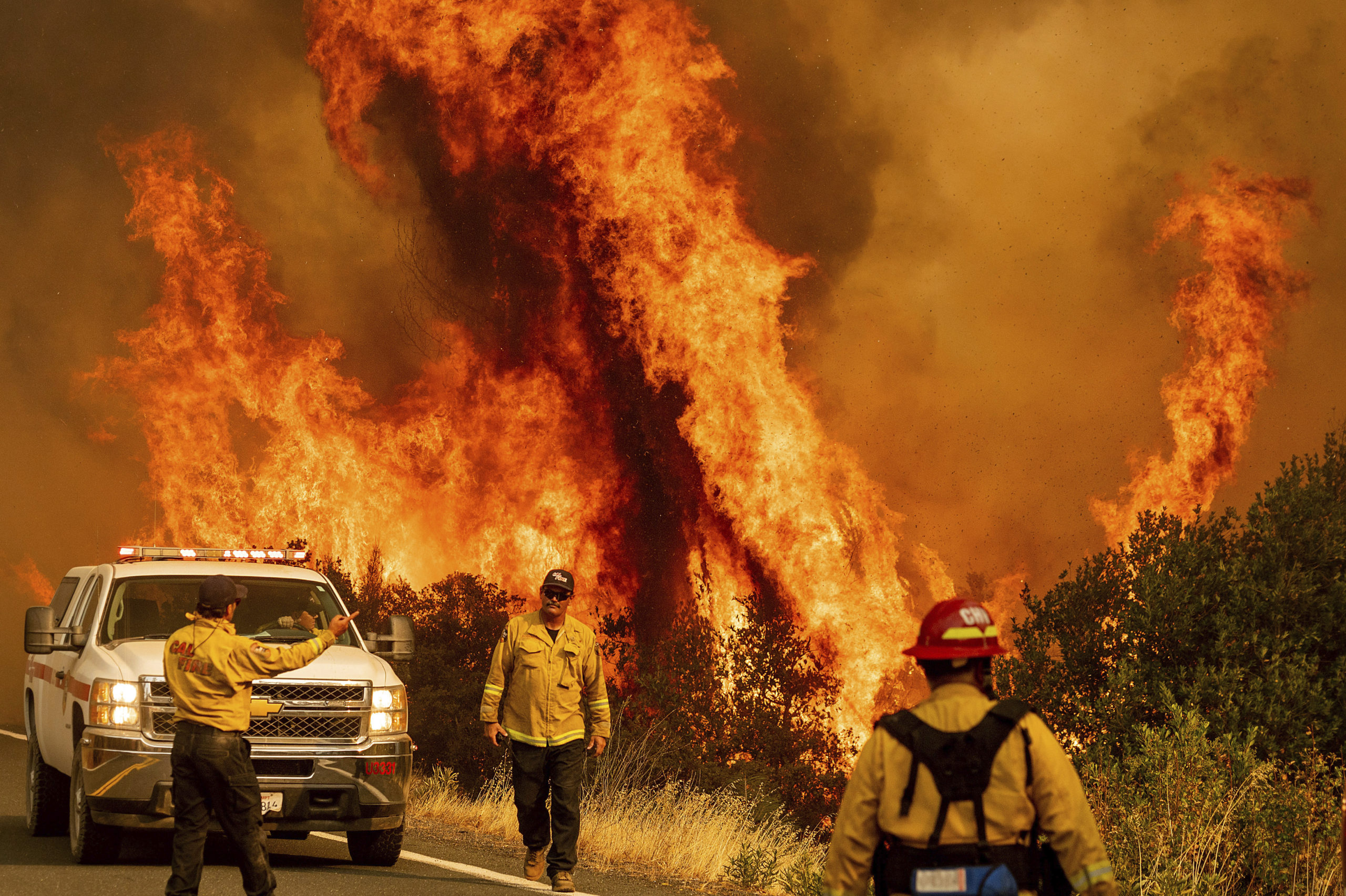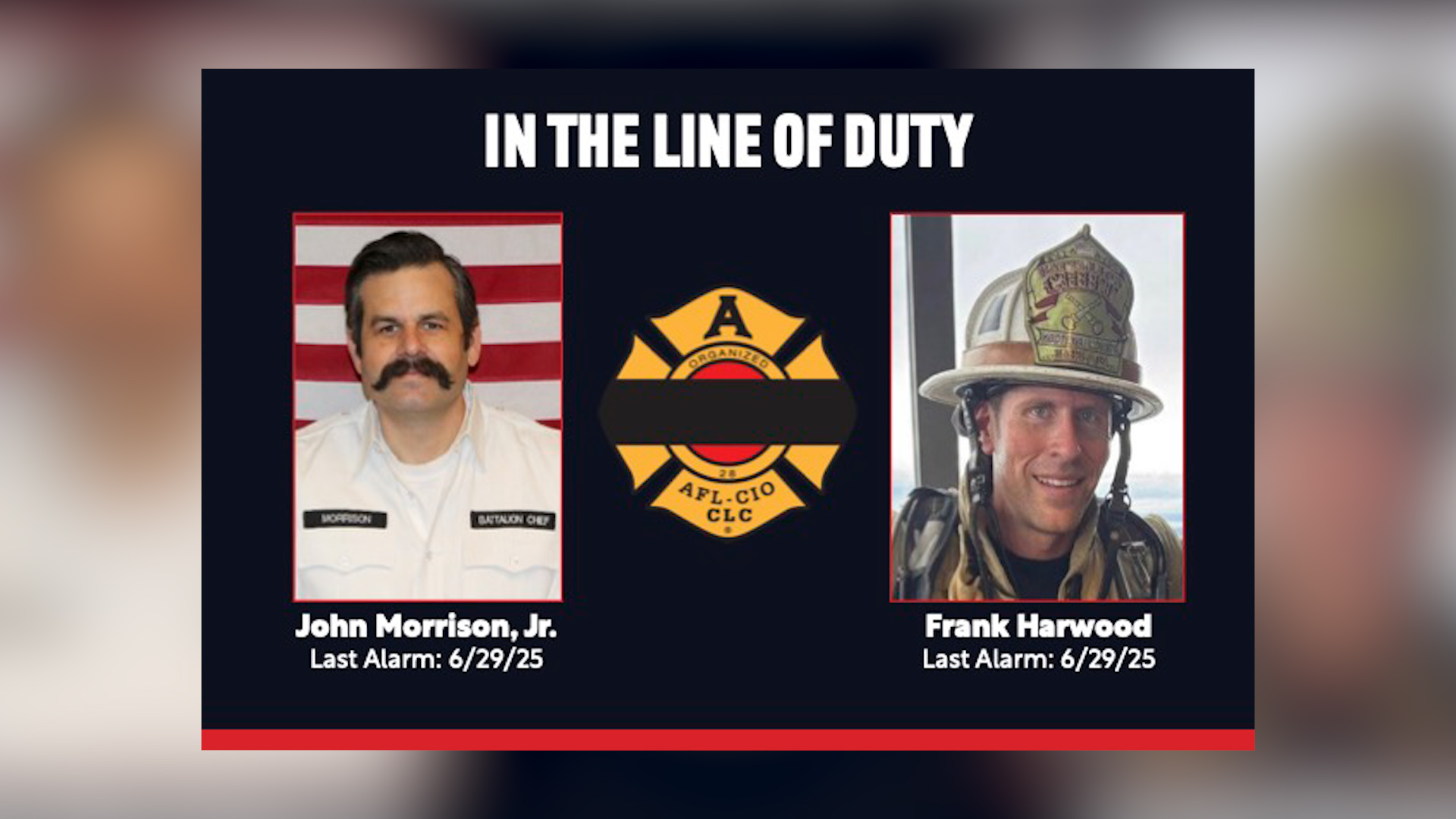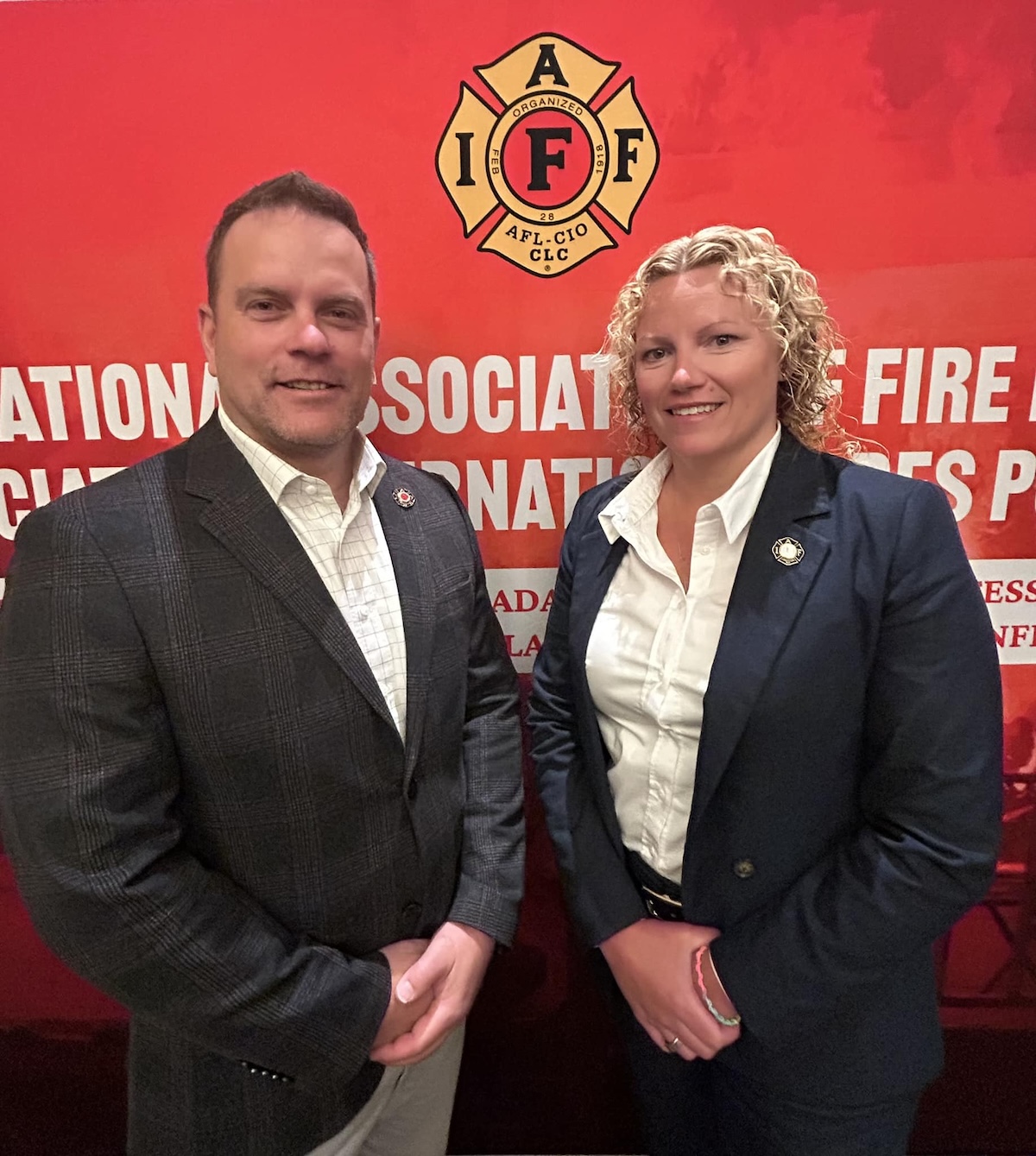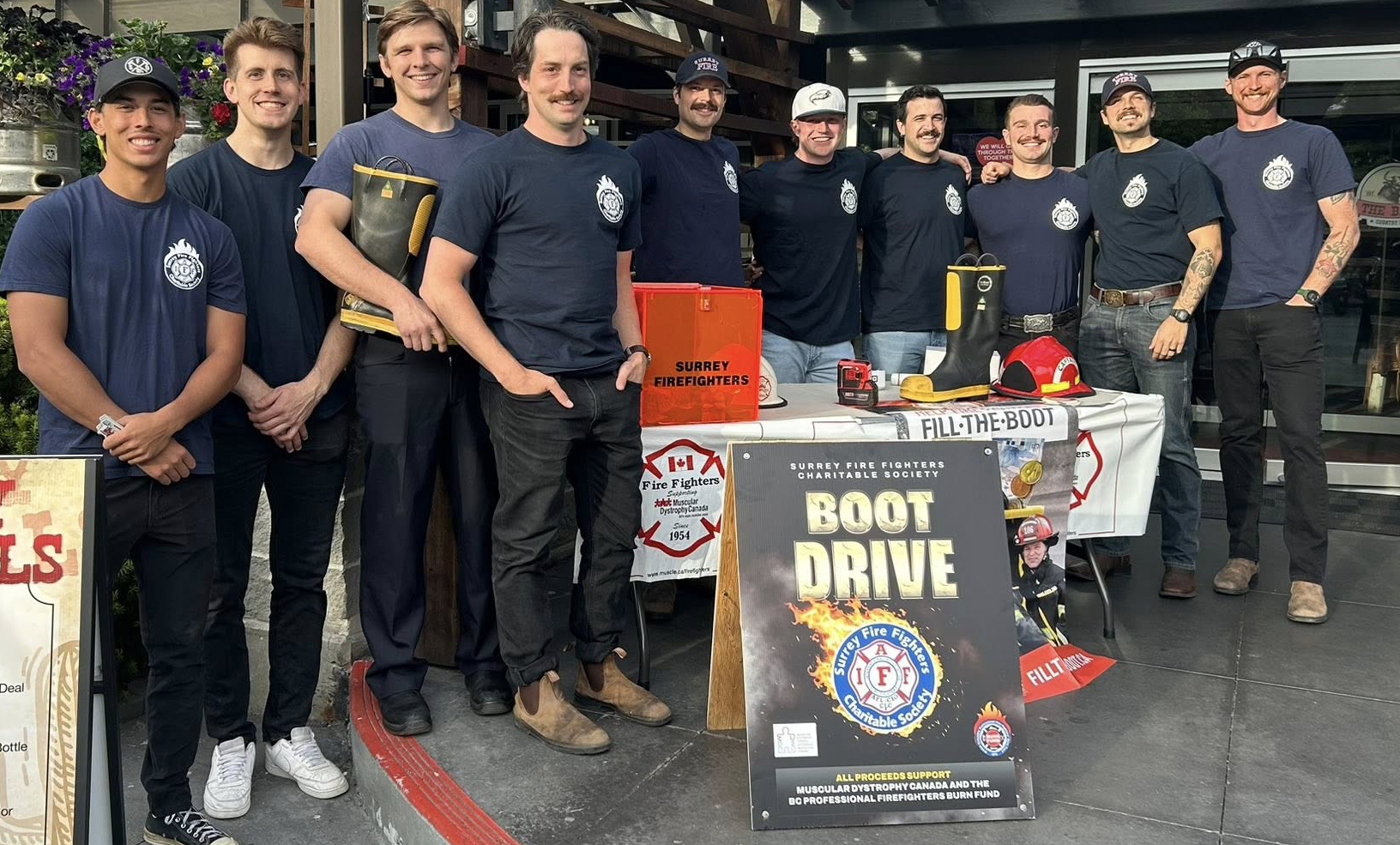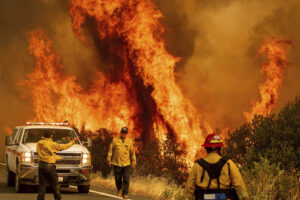
With hundreds of fires ravaging the state of California and two tropical storms heading simultaneously for the Gulf Coast, the IAFF is preparing and mobilizing disaster relief operations to provide assistance to members in need as quickly as possible.
In California, hundreds of fires across the state have now burned more than one million total acres and hundreds of structures, including a few IAFF members’ homes. Thousands of IAFF members are on the fire line of these fires, ignited by approximately 12,000 lightning strikes.
“In this unprecedented fire event, our members are making incredible progress toward gaining control over these fires,” says General President Harold Schaitberger. “The IAFF will continue to assist with any resources needed for as long as they need them.”
IAFF 10th District Vice President Frank Lima is leading an IAFF Disaster Response Team, including 10th District Field Service Representative and Go Team member Tim Aboudara and IAFF Director of Health and Safety Operational Services Rick Swan. Team members are positioned in the northern, central and southern areas of the state in order to provide the most immediate assistance possible to members.
“Fortunately, California has been experiencing some favorable weather patterns, which has enabled our members to get a better control over these fires,” says Aboudara. “We also have a better idea of which members are in the path of these fires, so now we can provide more targeted assistance.”
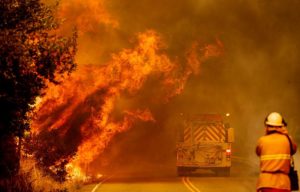
Two of the fires have grown to be the second and third largest fires in California history. The second largest is the LNU Lightning Complex fire, which is burning just north of the San Francisco Bay area. It has scorched more than 350,000 acres and more than 870 structures.
The third largest is the SNU Lightning Complex fire, which has burned more than 347,000 acres and 17 structures across seven counties – Santa Clara, Alameda, Contra Costa, San Joaquin, Stanislaus, Merced and San Benito.
IAFF members are working with a shortage of resources. Inmate crews, which typically assist during the heaviest part of the wildfire season, are largely not available this year as many of the non-violent prisoners who would be eligible to serve on these crews were granted early release due to concerns related to the COVID-19 pandemic.
To offset this shortage, Governor Gavin Newsom approved the hire of 858 additional fire fighters. Newsom has since requested assistance from outside the state. Governors from Arizona, Nevada and Texas all agreed to send additional crews and apparatus.

While Marco is expected to remain a tropical storm, Laura could be upgraded to a Category 2 hurricane before in makes landfall. If these storms remain on their current paths, it is likely that Louisiana will catch the brunt of both storms.
Since Hurricane Katrina made landfall in Louisiana 15 years ago, the IAFF’s disaster relief response has gotten much more sophisticated, enabling operations to mobilize more quickly and efficiently. Districts 11, 12, 14 and 16 Vice Presidents are preparing for all possible scenarios and strategically positioning resources before either storm makes landfall, ready to be moved to areas most in need as soon as the storms pass.
